3DWarehouse
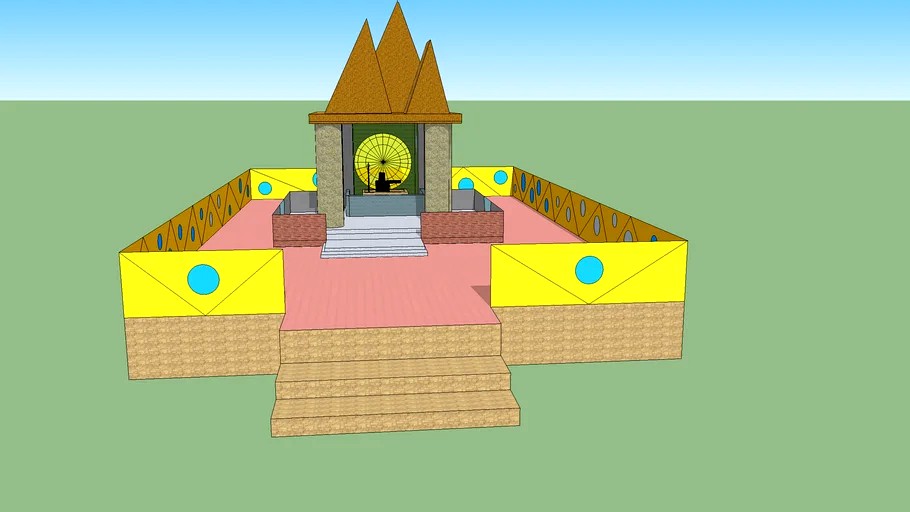
Shiva Temple
by 3DWarehouse
Last crawled date: 10 months, 1 week ago
Shiva (/ˈʃivə/; Sanskrit: शिव, IAST: Śiva, lit. the auspicious one) is one of the principal deities of Hinduism. He is the Supreme Being within Shaivism, one of the major traditions within contemporary Hinduism.12]13] Shiva is the 'destroyer of evil and the transformer' within the Trimurti, the Hindu trinity that includes Brahma and Vishnu.1]14] In Shaivism tradition, Shiva is the Supreme being who creates, protects and transforms the universe.15]16]17] In the goddess tradition of Hinduism called Shaktism, the goddess is described as supreme, yet Shiva is revered along with Vishnu and Brahma. A goddess is stated to be the energy and creative power (Shakti) of each, with Parvati the equal complementary partner of Shiva.11]18] He is one of the five equivalent deities in Panchayatana puja of the Smarta tradition of Hinduism.12] According to the Shaivism sect, the highest form of Shiva is formless, limitless, transcendent and unchanging absolute Brahman,19] and the primal Atman (soul, self) of the universe.20]21]15] Shiva has many benevolent and fearsome depictions. In benevolent aspects, he is depicted as an omniscient Yogi who lives an ascetic life on Mount Kailash1] as well as a householder with wife Parvati and his two children, Ganesha and Kartikeya. In his fierce aspects, he is often depicted slaying demons. Shiva is also known as Adiyogi Shiva, regarded as the patron god of yoga, meditation and arts.22]23]24] The iconographical attributes of Shiva are the serpent around his neck, the adorning crescent moon, the holy river Ganga flowing from his matted hair, the third eye on his forehead, the trishula as his weapon and the damaru. He is usually worshipped in the aniconic form of Lingam.2] Shiva is a pan-Hindu deity, revered widely by Hindus, in India, Nepal and Sri Lanka.25]26] Contents hide] 1Etymology and other names 2Historical development and literature 2.1Indus Valley origins 2.2Vedic origins 2.2.1Rudra 2.2.2Agni 2.2.3Indra 2.3Later literature 2.4Assimilation of traditions 3Position within Hinduism 3.1Shaivism 3.2Vaishnavism 3.3Shaktism 3.4Smarta Tradition 3.5Yoga 3.6Trimurti 4Attributes 5Forms and depictions 5.1Destroyer and Benefactor 5.2Ascetic and householder 5.3Iconographic forms 5.4Lingam 5.5The five mantras 5.6Avatars 6Festivals 7Outside Indian subcontinent 8Other religions 9In contemporary culture 10See also 11References 12Sources 13External links
Similar models
cg_trader
$50

Lord Shiva
...s brahma and vishnu.
in shaivism tradition, shiva is one of the supreme beings who creates, protects and transforms the universe.
cg_trader
$2

LORD SHIVA
...er, collada, obj, fbx, mtl shiva lord god religion meditation hindu statue sculpture mahadev yoga deity scanned 3d models various
cg_trader
$7

Lord Vishnu | 3D
...incarnations) of vishnu. out of these ten, rama and krishna are the most important.[ god vishnu krishna ram indian art sculptures
cg_trader
$20

Vishnu with 2 LOD - Nepal Heritage
... heritage
cg trader
lord vishnu, the supreme being within vaishnavism, one of the major traditions within contemporary hinduism.
cg_trader
$15

Shiva Lingam
...ural objects. the lingam is often represented within a lipped, disc-shaped platform called a yoni that symbolizes goddess shakti.
cg_trader
$70

Brahma Hindu god 3d printable model | 3D
...inting 3dscaning 3dminiature 3dmodel 3dartwork 3dsculpture statue brahma god art sculptures miniatures figurines jewelry pendants
cg_trader
$35

ready STL file of God Shiva Goddess Parvati Family | 3D
...stl cad printable prototyping figurine statue god goddess indiangod printfriendly deity ganesha silver shiva hindu art sculptures
cg_trader
$3
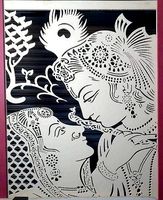
Radha Krishna 2 D cutting
...uttar pradesh, dwarka and ... they are also central to the development of the krishna bhakti traditions worshiping radha krishna.
thingiverse
free

Vishnu - The Preserver by ScanHinduHeritage
... adorned with an elaborate crown and jewellery, including a necklace, earrings, armbands and a girdle.
source:wikipedia - vishnu
cg_trader
$25

lord krishna pendant Hindu God | 3D
...a janmashtami according to the lunisolar hindu calendar, which falls in late august or early september of the gregorian calendar.
Shiva
turbosquid
$5
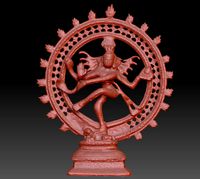
Shiva god
...d
turbosquid
royalty free 3d model shiva for download as obj on turbosquid: 3d models for games, architecture, videos. (1574426)
turbosquid
$350
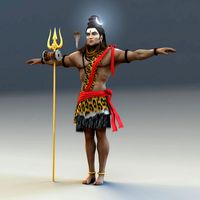
Shiva GOD
...urbosquid
royalty free 3d model shiva god for download as ma on turbosquid: 3d models for games, architecture, videos. (1475365)
turbosquid
$44

Shivas Watch
... available on turbo squid, the world's leading provider of digital 3d models for visualization, films, television, and games.
turbosquid
$9

SHIVA SCULPTURE
... available on turbo squid, the world's leading provider of digital 3d models for visualization, films, television, and games.
turbosquid
$149

Sculpture Shiva Nataraja
...ty free 3d model sculpture shiva nataraja for download as max on turbosquid: 3d models for games, architecture, videos. (1277330)
3d_export
free

lord shiva
...lord shiva
3dexport
you can download this model and use free for your project
turbosquid
$500

Temple of Lord Shiva
...e of lord shiva for download as 3ds, obj, fbx, blend, and dae on turbosquid: 3d models for games, architecture, videos. (1301561)
turbosquid
$50

Lord Shiva with damaru and trident
...lord shiva with damaru and trident for download as ma and fbx on turbosquid: 3d models for games, architecture, videos. (1597039)
turbosquid
$4

Shivling lord shiva ling Polygonal statue
...ygonal statue for 3d print 3d print model for download as stl on turbosquid: 3d models for games, architecture, videos. (1323744)
3ddd
$1

Шива
...шива 3ddd shiva , статуэтка , шива очередное индийское...
Temple
3d_export
$10

temple
...temple
3dexport
japanise temple this temple looks good in eve and cycles
3d_export
$5
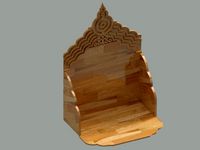
temple
...temple
3dexport
temple
3d_export
$18
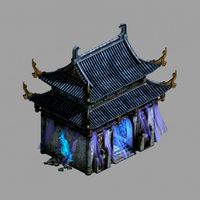
hongri taoist temple-temple
...hongri taoist temple-temple
3dexport
hongri taoist temple-temple<br>3ds max 2015
3d_ocean
$5
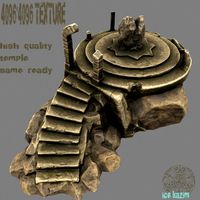
Temple
... temple
temple…....................7749 polygon. .......3944 vertices. 4096*4096 texture. obj,fbx,blend format model. game ready.
turbosquid
$300

Temple
...ple
turbosquid
royalty free 3d model temple for download as on turbosquid: 3d models for games, architecture, videos. (1450670)
turbosquid
$27

Temple
...
turbosquid
royalty free 3d model temple for download as 3ds on turbosquid: 3d models for games, architecture, videos. (1298967)
turbosquid
$2

Temple
...
turbosquid
royalty free 3d model temple for download as obj on turbosquid: 3d models for games, architecture, videos. (1271524)
turbosquid
free

Temple
...e
turbosquid
royalty free 3d model temple for download as ma on turbosquid: 3d models for games, architecture, videos. (1237809)
3d_ocean
$25
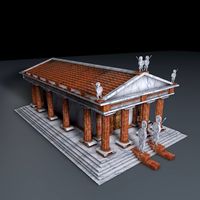
Greek Temple
... detail and realism to any of your rendering projects. the model has a fully textured, detailed design that allows for close-u...
3d_export
free

temple
...temple
3dexport
